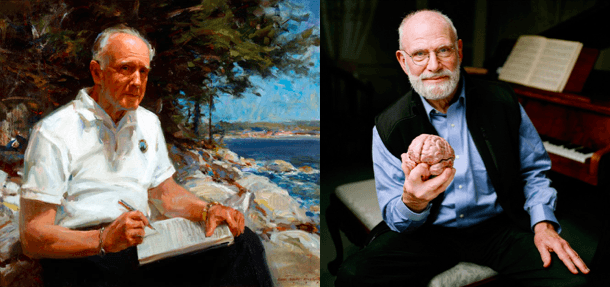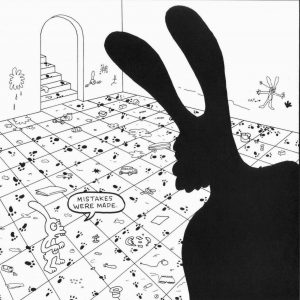by Akim Reinhardt
 Spectator sports can reflect a society’s worst inclinations by promoting pure partisanship.
Spectator sports can reflect a society’s worst inclinations by promoting pure partisanship.
Pure partisanship is profoundly anti-intellectual. Pure partisanship can disable a person’s moral compass. Anyone who follows sports, even tangentially, witnesses this frequently. This team’s victory or that team’s loss have led to countless riots. Here in Baltimore a few years ago, I listened to fans make excuses for football player Ray Rice after footage surfaced of him knocking his fiancee unconscious. And just this past weekend, Milwaukee Brewers baseball fans gave star pitcher Josh Hader a standing ovation after it was revealed that he had published racist and homophobic tweets. My team, wrong or right.
In the world of spectator sports, unchecked partisanship reveals human beings’ self-limiting intellects and ugly moral shortcomings. But when pure partisanship runs amok in politics, the possible ramifications are truly dire. A my party (or candidate, or politician) wrong or right attitude facilitates political repression and the rise of totalitarianism. That is the threat facing the United States and several other democratic nations today.
It is a recent development. For most of the post-WWII period, American political partisanship was moderated by tremendous pressure to conform. While conformist pressures certainly present their own set of problems worthy of critique, we must acknowledge that they also helped preclude the type of hyper political partisanship we now see in the Age of Trump. Read more »

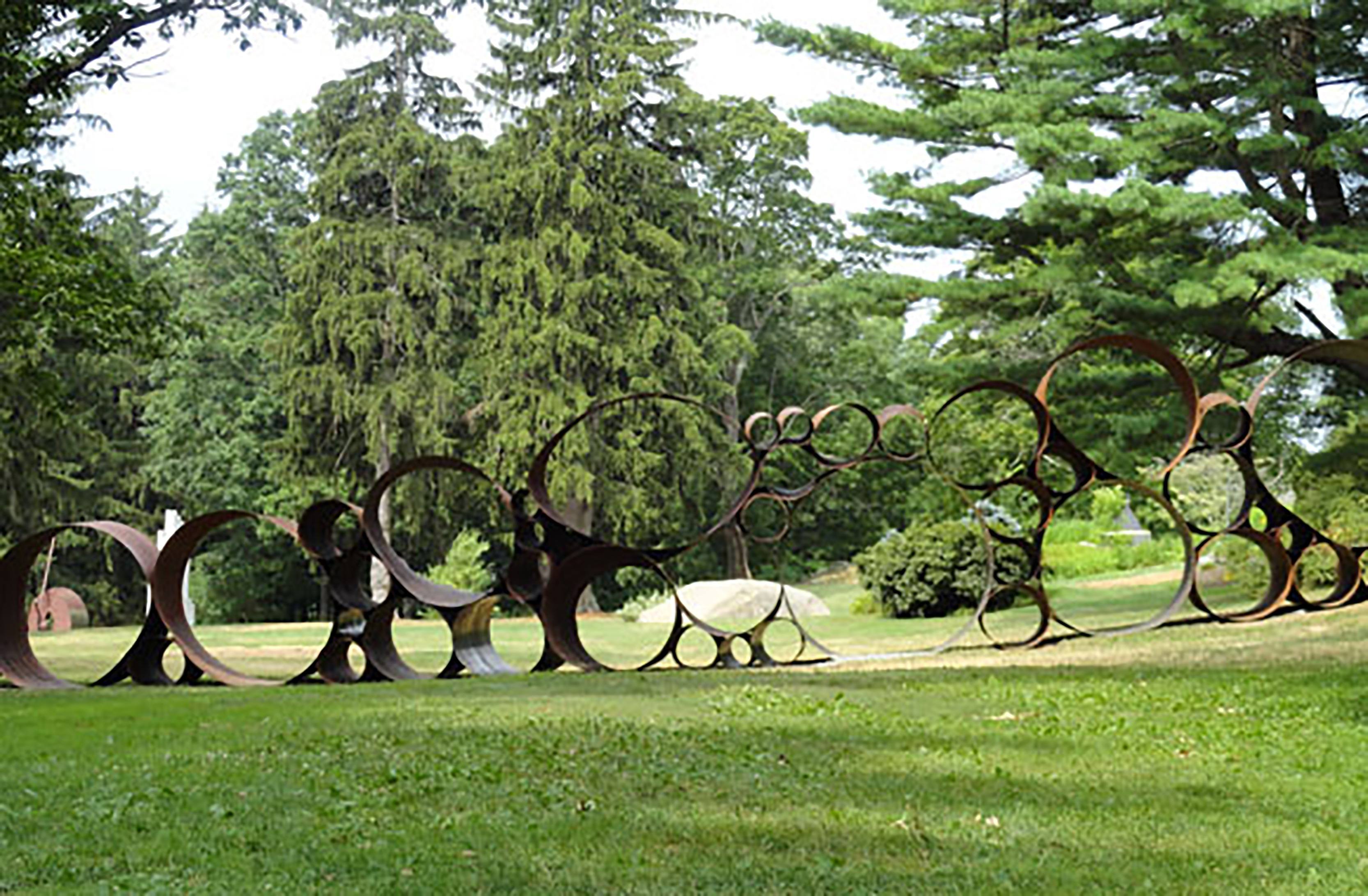

 I have a friend who is a travel agent. The days when we all talked on the phone to travel agents in order to book any travel are long gone. These days, for the most part, travel agents, the actual human ones, deal with business travel and high end travel for elites. My friend was telling me about being contacted by a client who was the high end elite type, at 3am, saying her email wasn’t working and could my friend text her their itinerary. Now putting aside the obnoxious behavior in expecting a reply from anyone at 3am, my first response was “doesn’t she use Tripit?” Or Google Trips, or even the airline mobile apps? At any given time, I can find all my travel details in all of those ways and sometimes others (business trips get automatically put in my Google calendar). Travel is so automated and online now, it’s amazing to me that anyone wouldn’t take advantage of these tools.
I have a friend who is a travel agent. The days when we all talked on the phone to travel agents in order to book any travel are long gone. These days, for the most part, travel agents, the actual human ones, deal with business travel and high end travel for elites. My friend was telling me about being contacted by a client who was the high end elite type, at 3am, saying her email wasn’t working and could my friend text her their itinerary. Now putting aside the obnoxious behavior in expecting a reply from anyone at 3am, my first response was “doesn’t she use Tripit?” Or Google Trips, or even the airline mobile apps? At any given time, I can find all my travel details in all of those ways and sometimes others (business trips get automatically put in my Google calendar). Travel is so automated and online now, it’s amazing to me that anyone wouldn’t take advantage of these tools. 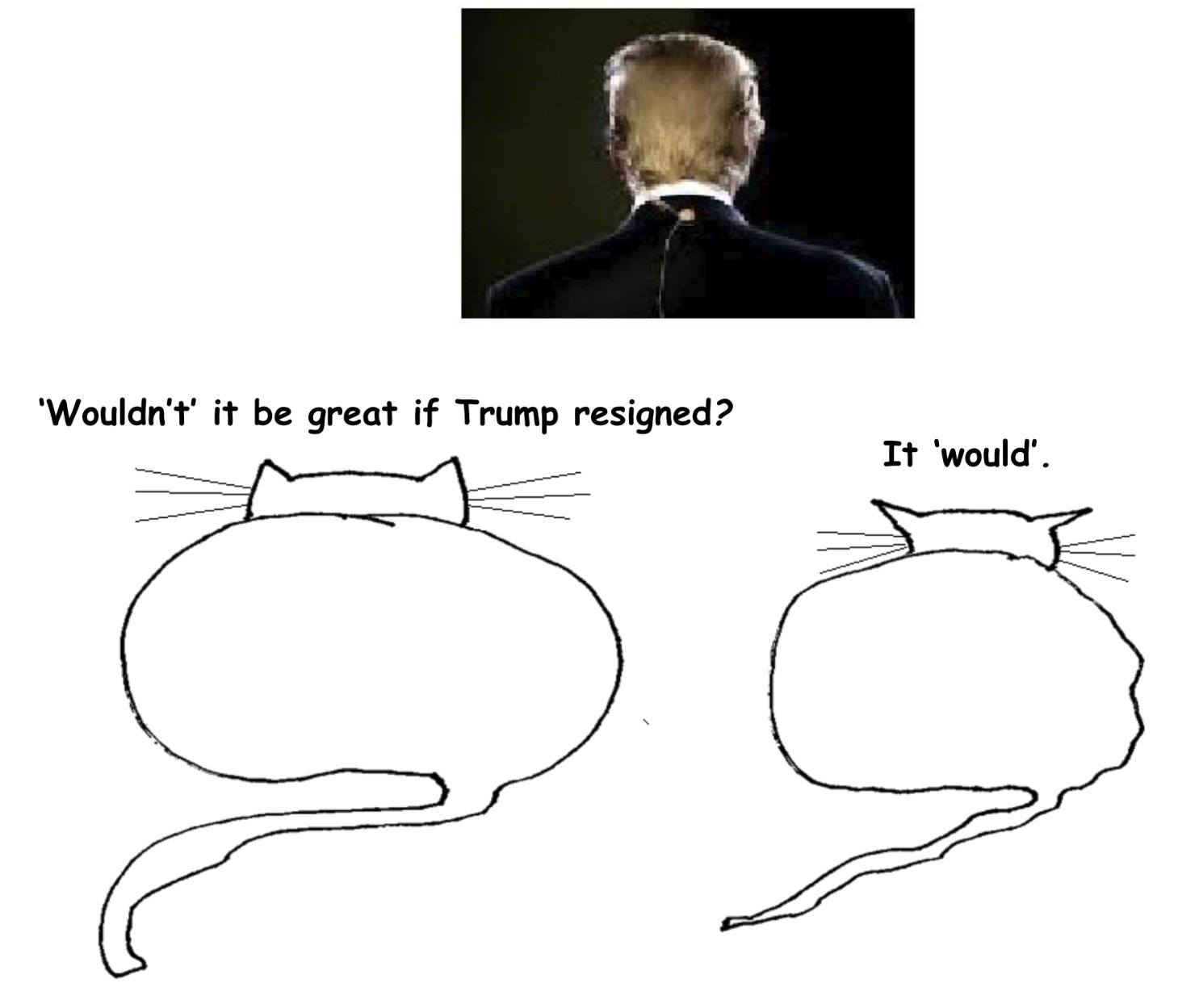


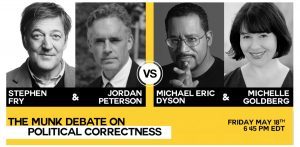 Although some may be heralding the end of free speech, 2018 has been a year of far-reaching debate and discussion. In the coming months, we can anticipate attending or streaming discussions ranging from such topics as the role of race in American politics to the nature of truth, from existential threats posed by artificial intelligence to the value of religion.
Although some may be heralding the end of free speech, 2018 has been a year of far-reaching debate and discussion. In the coming months, we can anticipate attending or streaming discussions ranging from such topics as the role of race in American politics to the nature of truth, from existential threats posed by artificial intelligence to the value of religion.
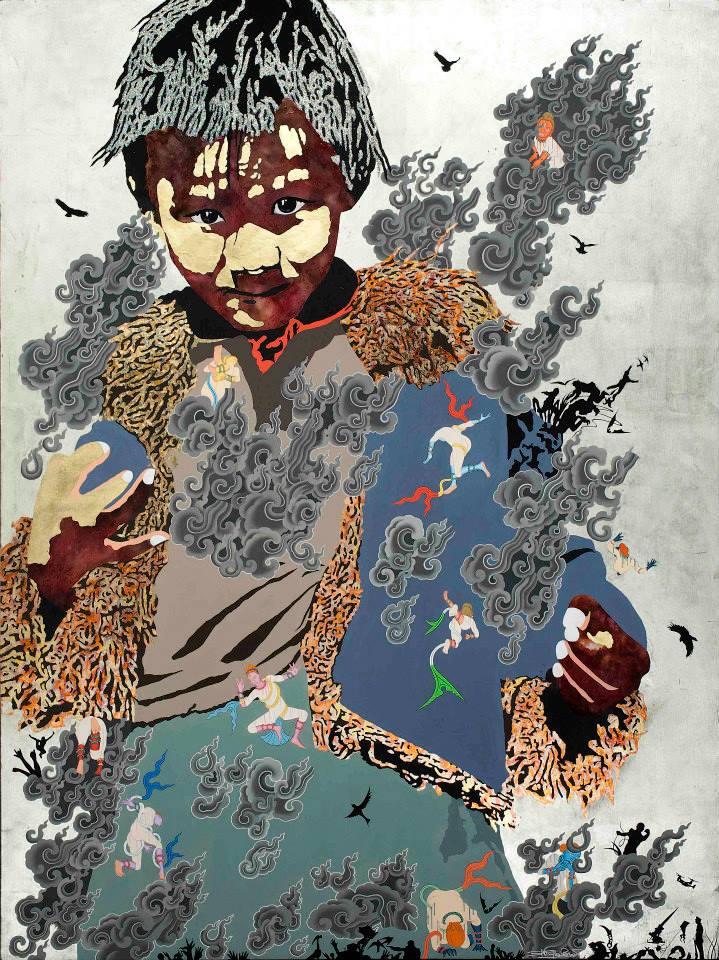
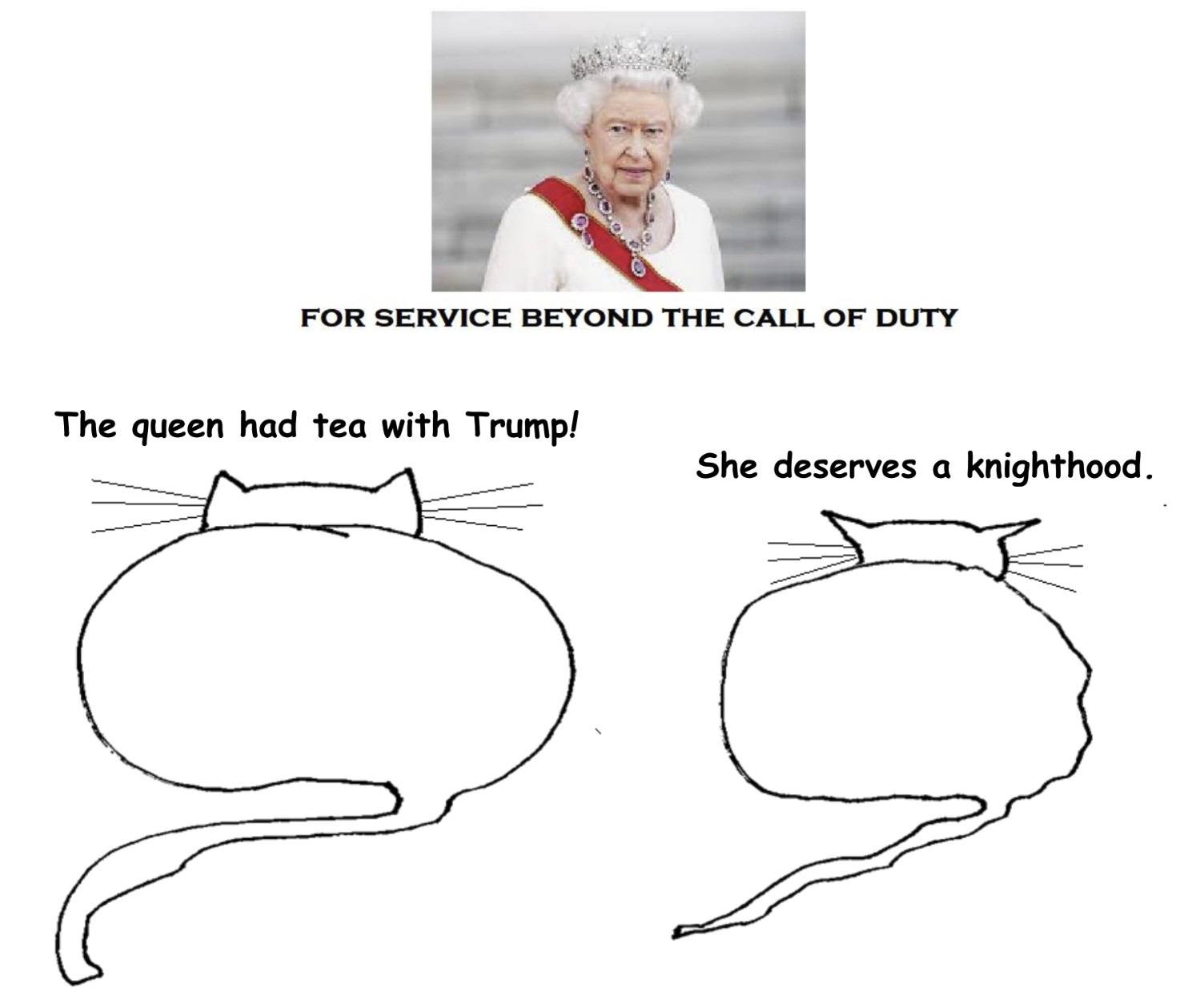
 How can we toggle the immune system’s “off switch”? How do we deactivate the cells and molecules which form an essential line of defense for our body and protect us against invading pathogens once their job is done? Persistent inflammation after pathogens are eliminated can be very harmful to the body because oxidants and other injurious molecules produced by immune cells end up attacking the body’s own tissues and organs instead of the pathogens.
How can we toggle the immune system’s “off switch”? How do we deactivate the cells and molecules which form an essential line of defense for our body and protect us against invading pathogens once their job is done? Persistent inflammation after pathogens are eliminated can be very harmful to the body because oxidants and other injurious molecules produced by immune cells end up attacking the body’s own tissues and organs instead of the pathogens. For someone who spent most of his life trying to get on Page Six, (the New York Post’s iconic gossip column), hitting Page One was pay dirt for Donald Trump. Now that he’s there, he means to stay there, devouring our attention for the foreseeable future. One could even argue that all his lies and deplorable actions are motivated by a single, sorry ambition, to be the center of attention at all times and in all places. Outrage sells.
For someone who spent most of his life trying to get on Page Six, (the New York Post’s iconic gossip column), hitting Page One was pay dirt for Donald Trump. Now that he’s there, he means to stay there, devouring our attention for the foreseeable future. One could even argue that all his lies and deplorable actions are motivated by a single, sorry ambition, to be the center of attention at all times and in all places. Outrage sells.